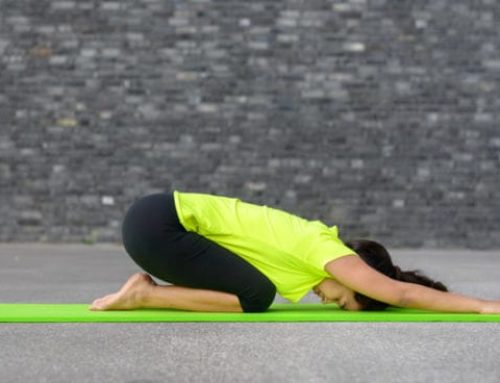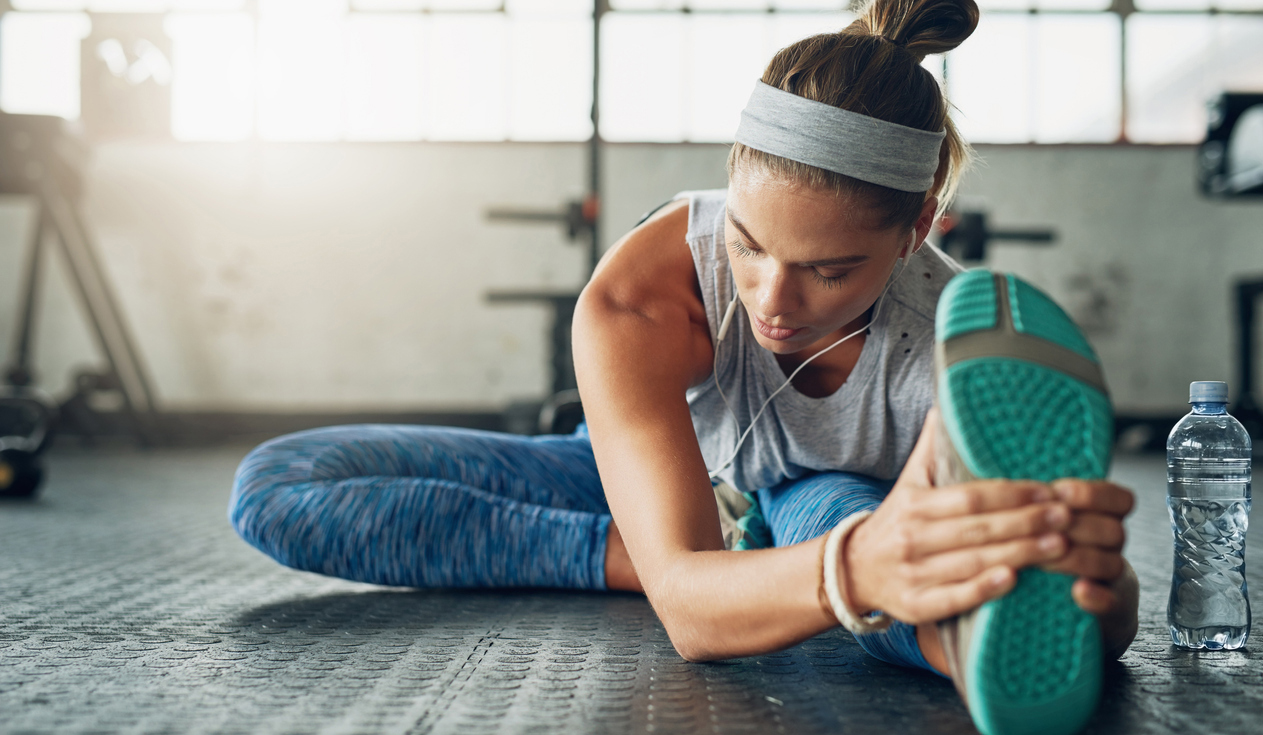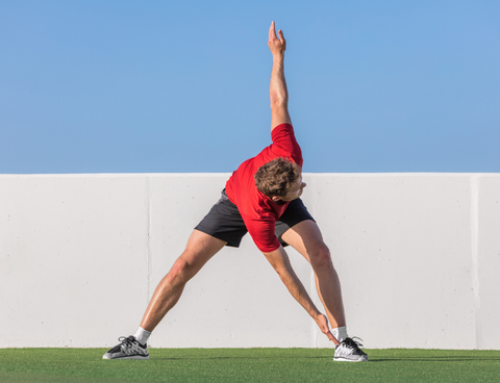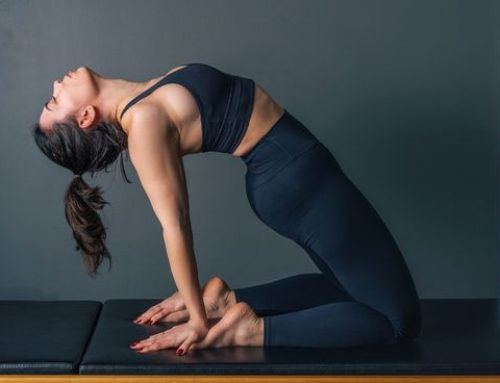Get Better Results With a Shorter Warm-Up
Coaches and athletes know that warming up before workouts or activity is important. Benefits include:
• Increased muscle temperature
• Accelerated oxygen uptake—getting oxygen to the muscles faster
• Increased anaerobic metabolism for quick movements and explosive actions
In recent years, performance specialists have devoted little research to the need for pre-activity warm-up, because it’s such a widely accepted fact. The question now is not whether to warm up, but how long and strenuous it should be. Researchers Elias K. Tomaras and Brian R. MacIntosh at the University of Calgary’s Human Performance Laboratory [Calgary, Alberta], reporting in the Journal of Applied Physiology, have found evidence indicating that less is more.
Their study, which compared the effects of traditional, intense warm-ups with those of shorter, less strenuous ones on the performance of ten highly-trained track cyclists, concluded that shorter warm-ups produced less muscle fatigue, more peak power output and better performance. Peak power output was 6.2 percent higher, and total work was five percent higher after the experimental warm-up—results the researchers say are significant and could make a substantial difference in competition.
In their conclusion, the researchers write, “A warm-up that is performed at too high of an intensity for longer than necessary can result in fatigue and impair subsequent athletic performance.” MacIntosh adds, “The findings suggest that competitive athletes may reap greater rewards by engaging in less strenuous warm-up than conventional wisdom dictates. A better approach would be to aim for just enough activity to promote warm-up without creating fatigue.”
This may be especially true for sprint athletes—e.g., cyclists, relay runners, track sprinters, and swimmers—whose competition often involves several events close together. They should make sure to warm up but not wear out when preparing for a training session or event.
Some simple warm-up guidelines:
• Activate — Turn on your neuromuscular system with repetitive movements that require all muscles in an area to fire or start working. For example, to warm up the lower body, do Lunges in multiple directions and add a reaching movement.
• Mobilize — Loosen up joints and muscles by doing dynamic warm-up movements, which force the muscles to move and stretch. For example, do 10 yards of Lunges and return with 10 yards of Lunges with an overhead reach.
• Integrate — Make sure the movements and exercises you perform make the whole body work together. Start off linear [going forward and backward], add lateral movements [side to side] and finish with diagonal or rotational movements [the most difficult]. For example, Lunge 10 yards and come back with a Reverse Lunge. Lunge laterally 10 yards leading with your right foot; and on the way back, lead with your left foot. To finish, Lunge 10 yards with arms extended overhead, rotating left and right while reaching over the shoulder at a 45-degree angle. Do same thing coming back, only do a Backward Lunge with an overhead reach and rotation.
• Specificity — Build up and transition to your training session. For example, take a baseball and “soft toss” it with a partner. Go into a stride position [Lunge], bringing the arm overhead and throwing the ball to your partner [Lunge with Overhead Extension]. The movement pattern is like a warm-up, but now you are adding a sport-specific skill to the drill.
• Recovery — Regenerate and prepare for tomorrow. At the end of practice, you may need to static stretch or do some rehab/prehab work, such as icing, foam rolling and sleeping. They will help you be ready and rested for your next training session or game.
Source: ScienceDaily.com
RECOMMENDED FOR YOU
MOST POPULAR
Get Better Results With a Shorter Warm-Up
Coaches and athletes know that warming up before workouts or activity is important. Benefits include:
• Increased muscle temperature
• Accelerated oxygen uptake—getting oxygen to the muscles faster
• Increased anaerobic metabolism for quick movements and explosive actions
In recent years, performance specialists have devoted little research to the need for pre-activity warm-up, because it’s such a widely accepted fact. The question now is not whether to warm up, but how long and strenuous it should be. Researchers Elias K. Tomaras and Brian R. MacIntosh at the University of Calgary’s Human Performance Laboratory [Calgary, Alberta], reporting in the Journal of Applied Physiology, have found evidence indicating that less is more.
Their study, which compared the effects of traditional, intense warm-ups with those of shorter, less strenuous ones on the performance of ten highly-trained track cyclists, concluded that shorter warm-ups produced less muscle fatigue, more peak power output and better performance. Peak power output was 6.2 percent higher, and total work was five percent higher after the experimental warm-up—results the researchers say are significant and could make a substantial difference in competition.
In their conclusion, the researchers write, “A warm-up that is performed at too high of an intensity for longer than necessary can result in fatigue and impair subsequent athletic performance.” MacIntosh adds, “The findings suggest that competitive athletes may reap greater rewards by engaging in less strenuous warm-up than conventional wisdom dictates. A better approach would be to aim for just enough activity to promote warm-up without creating fatigue.”
This may be especially true for sprint athletes—e.g., cyclists, relay runners, track sprinters, and swimmers—whose competition often involves several events close together. They should make sure to warm up but not wear out when preparing for a training session or event.
Some simple warm-up guidelines:
• Activate — Turn on your neuromuscular system with repetitive movements that require all muscles in an area to fire or start working. For example, to warm up the lower body, do Lunges in multiple directions and add a reaching movement.
• Mobilize — Loosen up joints and muscles by doing dynamic warm-up movements, which force the muscles to move and stretch. For example, do 10 yards of Lunges and return with 10 yards of Lunges with an overhead reach.
• Integrate — Make sure the movements and exercises you perform make the whole body work together. Start off linear [going forward and backward], add lateral movements [side to side] and finish with diagonal or rotational movements [the most difficult]. For example, Lunge 10 yards and come back with a Reverse Lunge. Lunge laterally 10 yards leading with your right foot; and on the way back, lead with your left foot. To finish, Lunge 10 yards with arms extended overhead, rotating left and right while reaching over the shoulder at a 45-degree angle. Do same thing coming back, only do a Backward Lunge with an overhead reach and rotation.
• Specificity — Build up and transition to your training session. For example, take a baseball and “soft toss” it with a partner. Go into a stride position [Lunge], bringing the arm overhead and throwing the ball to your partner [Lunge with Overhead Extension]. The movement pattern is like a warm-up, but now you are adding a sport-specific skill to the drill.
• Recovery — Regenerate and prepare for tomorrow. At the end of practice, you may need to static stretch or do some rehab/prehab work, such as icing, foam rolling and sleeping. They will help you be ready and rested for your next training session or game.
Source: ScienceDaily.com











